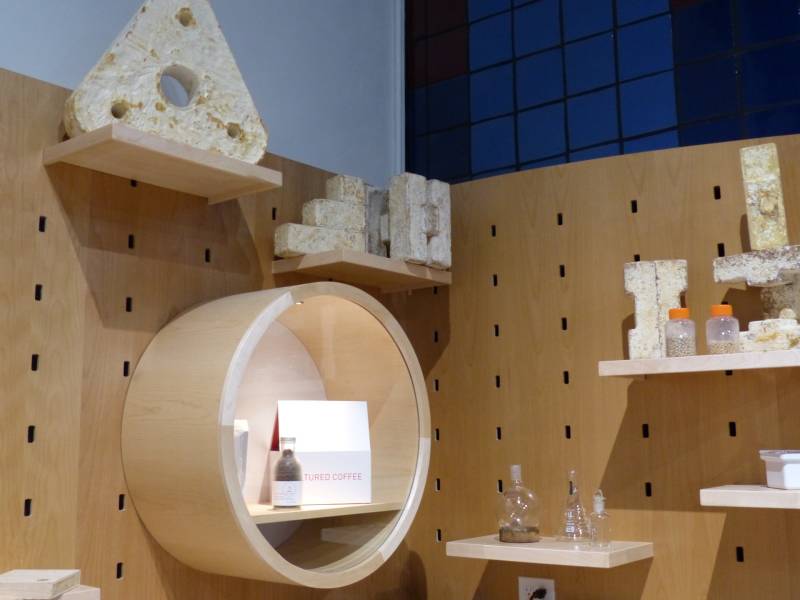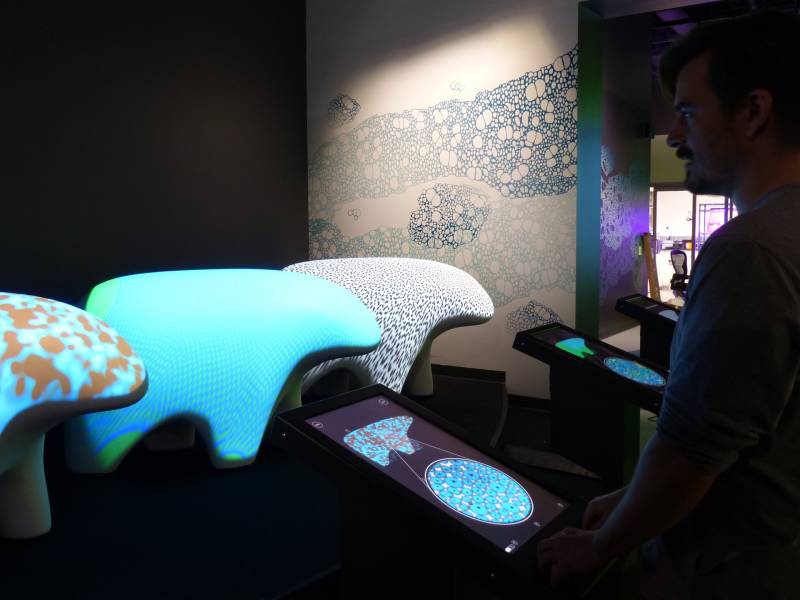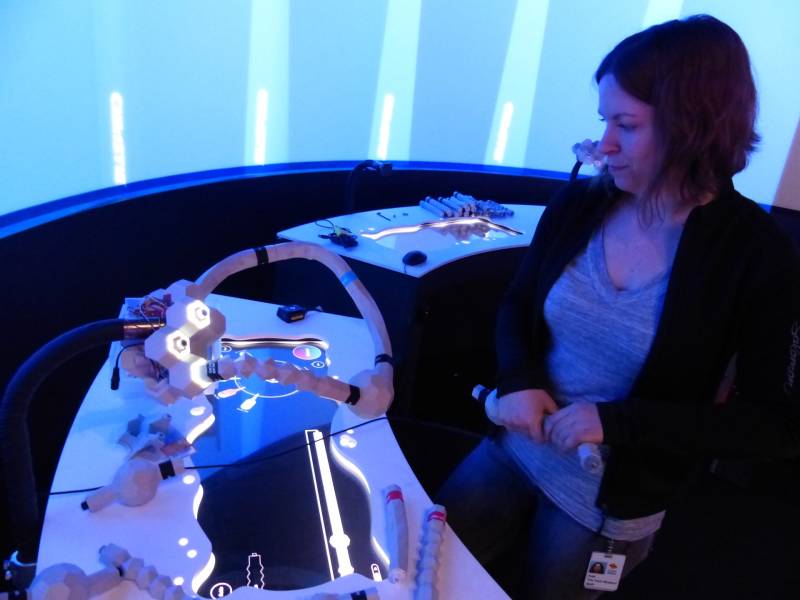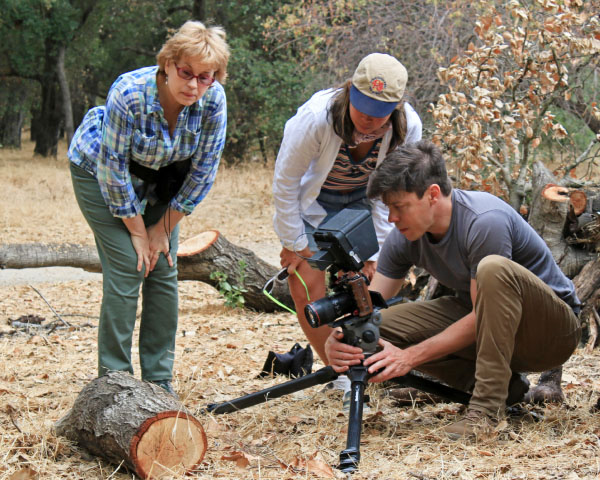Imagine living in a mushroom. Not like a Smurf’s colorful toadstool abode, but a house built from bricks made of a mushroom’s underground root-like fibers, called mycelium. No need for screws and nails: the mycelium bricks send roots into each other to weld themselves together. To fix a hole, just add water and wait until it patches itself up.
In the wild, mycelium creeps through the soil to form vast underground networks of tendrils. Biodesign engineers are using mycelium’s natural talents to come up with sustainable packaging materials, furniture, even living bricks that could form the walls of your house one day.
The Tech Museum of Innovation in downtown San Jose opens a new exhibit today called BioDesign Studio where visitors of all ages can wander through a hands-on series of labs. Visitors can design new patterns of fur, create the genome of a virtual creature, mix DNA to engineer colorful bacteria, and grow their own mushroom bricks in a hands-on biotinkering lab.
“Biology is a tinkering science,” says Romie Littrell, curator and director for health and biotech projects at the museum. “You can tinker with it to make new discoveries.”
In a patterning station, visitors see how nature’s designs emerge from the information held by millions of tiny cells. Littrell demonstrates how it works by dragging his finger across a touch screen, making small changes in virtual fur cells. As the cells grow, intricate patterns of colorful spots emerge across a real-world bear sculpture. Once you program the information, nature takes over and builds on itself in ways you can’t always predict, a lesson Littrell hopes visitors take away from the exhibit.

“You’re planting something that will become more complex than you design,” he said. “It’s cool to treat biology as computer science and programming, but sometimes it ignores the real power of biology.”


